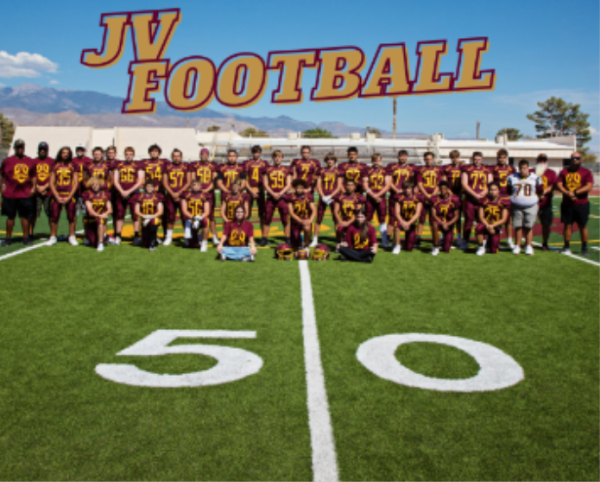Cows and Climate Change
A common misconception is that cars, trucks, and power plants are the biggest contributors to climate change. According to the the Food and Agriculture Organization, 30% percent of Earth’s land mass is used just to feed livestock, so when you take in account how much land is cleared for feeding and transportation, you’ll realize that livestock produce more greenhouse gasses than emissions from the transportation sector.
There are over 1.5 million cattle on earth, making the production of beef responsible for 37 percent of methane production, which is a greenhouse gas 23 times more warming than carbon dioxide. The FAO estimated agricultural methane output could increase even more by 60 percent in 2030.
The Environmental Protection Agency has declared industrial agriculture as one of the leading causes of water pollution in America. Fertilizers, manure, and waste turn into nitrate that is dumped in our oceans, resulting in the death of many aquatic animals.
In fact, according to the EPA, runoff animal waste, pesticides, and chemicals are contributing to dead zones and low oxygen areas in many coastal areas, degradation of coral reef, and health problems.
Water is wasted when it comes to food, especially in meat production. Nearly half of all the water used in the U.S. goes to raising animals for food. The water needed to grow cattle feed is the largest part of beef’s water footprint. Around 1,799 gallons are required to produce 1 pound of beef, when feed and drinking water is taken into account.
The Amazon rain-forest is a critical producer of oxygen, and it absorbs more carbon dioxide than any other rain-forest, but it has been facing severe deforestation threats for years. It has lost about a fifth of its forest in the past three decades. Because Brazil is the world’s largest exporter of red meat, beef production is a direct cause to deforestation in the Amazon.
The World Wildlife Fund, the world’s leading independent conservation organization, estimates that 27 percent of the Amazon’s trees will be gone by 2030 if the current rate of deforestation continues.
Researchers say many plant species are endangered and dozens of animals that reside in the Amazon will be extinct soon, such as the giant otter and the red-faced Uakari. Habitat destruction also threatens the lives of thousands of indigenous people who shun contact from the outside world.
Animals raised for food consume large quantities of grain, soybeans, and corn, then produce small amounts of meat in return. Growing beans to feed cows, which then feed humans, is wasteful and inefficient, so why don’t humans eat the beans instead?
Helen Harwatt, a researcher trained in environmental nutrition, predicted that if the U.S. substituted beans for beef, we could near our 2020 greenhouse-gas emission goals proposed by Obama in 2009.
On top of that, beans are considered a superfood packed with protein, and unlike animal products, are low in saturated fat and cholesterol linked to heart disease, type 2 diabetes, and even some types of cancer.
Even if everyone still consumed dairy and other meats, this dietary change could get us somewhere between 46 and 74 percent of the way needed to meet those goals. While the proposed solution “beans for beef” scenario isn’t an official climate change approach, it offers significant global warming mitigation along with many moral and health benefits.





